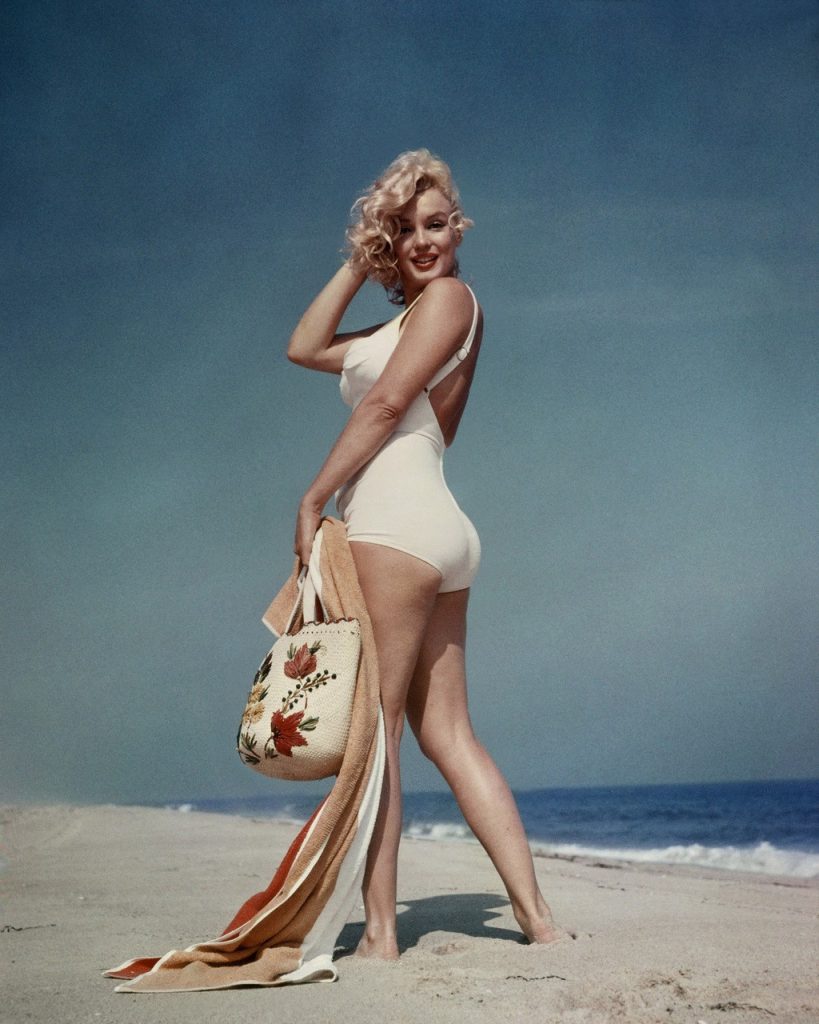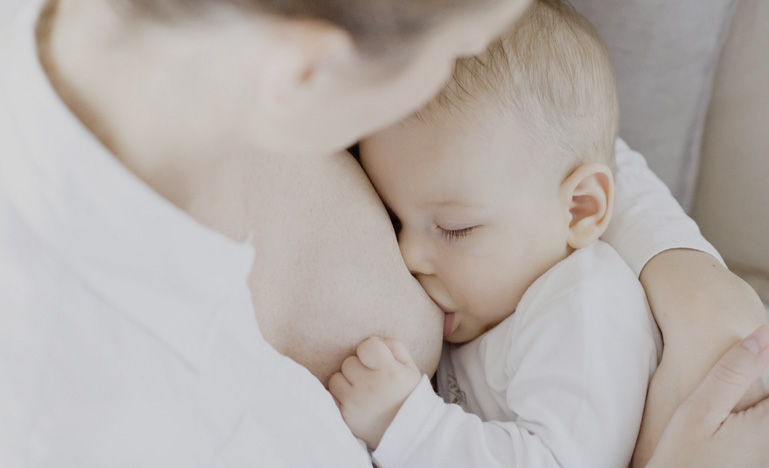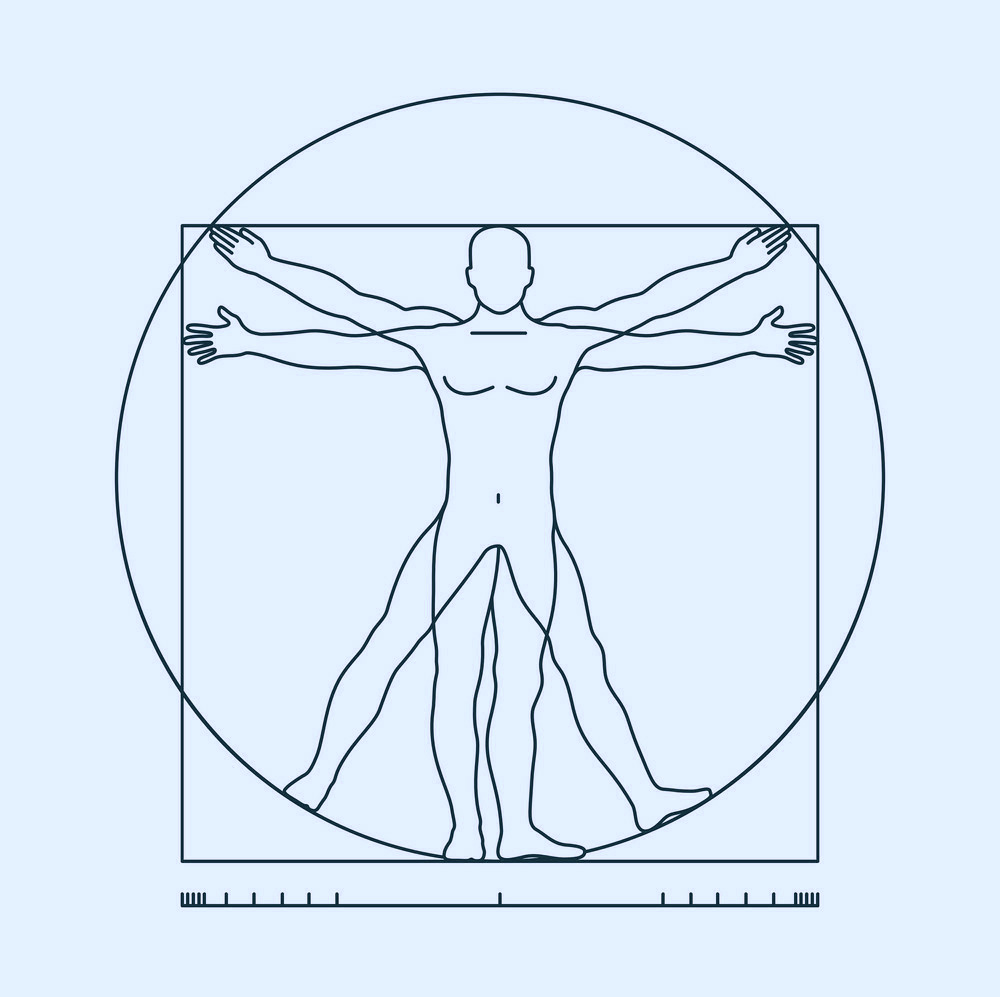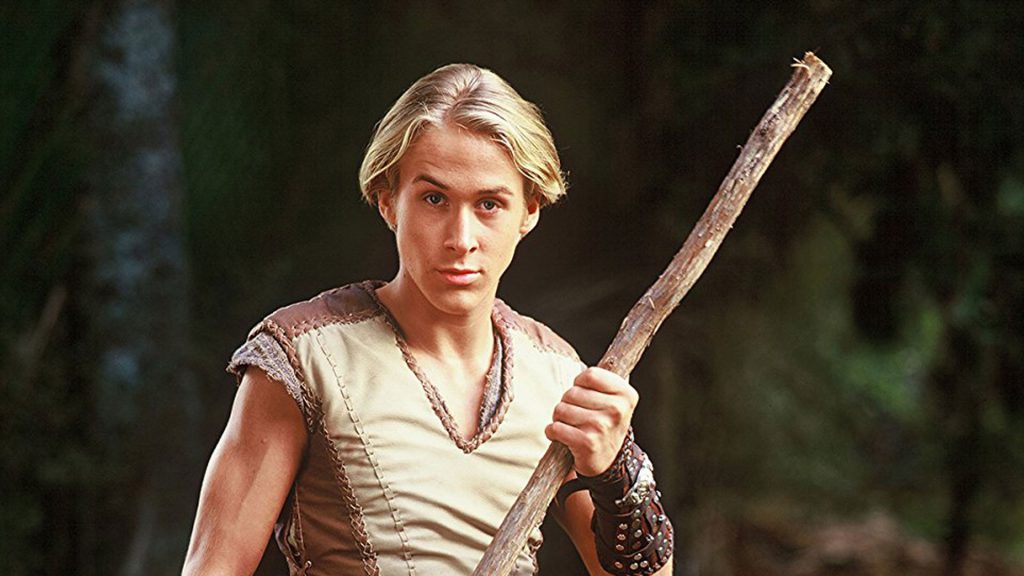Various physical characteristics of a partner visual, auditory, tactile and kinetic, olfactory, and gustatory can affect human mate choice and romantic attraction.

Evolutionary factors, as well as socioeconomic and cultural parameters play their role in these sensory preferences.
Evolution is not a biological process that determines only the appearance of species. This natural law is a process that determines the preferences, tendencies and decision-making mechanisms of the species.
Of course, not every feature of a living thing is determined by 100% genes. Especially the culture that is born in living beings with social structure, the structure of this culture, the contribution of parents to the offspring (positive or negative), the individuals’ past experiences (life stories) and many more unpredictable, can not be shaped by evolution, chaotic elements of a living line affect the course.
The most critical point that should be kept in mind is that these common tendencies of preference that evolutionary psychology tries to sort out are related to our biological evolution.
However, our species is no longer defined by its biology alone. Because biological evolution has triggered and made it possible for cultural evolution to shape the human organism more complex and powerful than any other species. Therefore, our culture directly affects and shapes preferences, and may even move to opposite points with our biological evolution. These are also examined by psychologists, zoologists, anthropologists and ethologists. What is important is to combine the data of these two fields to understand our existence and how we evolved, how we make decisions today, and how much our biology and culture plays a role in these decisions. In this respect, we believe that understanding our two kinds of evolution is enormously important.
In this article, we will look at the characteristics of males and females in terms of general and superficial characteristics, how our species survived and how these preferences play a role in our existence. So here we will look at the consequences of the biological evolution, which is now partly less effective on our species, and its effects on our psychology. We will not touch on cultures evolving and evolving from geography to geography, from time to time, from family structure to family structure (because this can only be the subject of a gigantic book).
Evolutionary Attractive Human Females (Women)
There are five potential adaptive benefits that increase men’s desire to connect to a woman for a long time: increasing success in attracting a wife, increasing success in achieving a more desirable partner, increasing fatherhood certainty, increased survival of children, and increased reproductive success through paternal investment (Buss, 1999).

However, a series of riddles awaits men to solve all these remarkable benefits. Identifying a woman with high reproductive value and parental skills is one of these problems. Men who fail to solve these problems have been replaced by men who have overcome these problems after the evolutionary process (Buss, 1998).
Male long-term spousal choices are paternity uncertainty and reproductive value problems. Women, like all other mammals conceiving from within the body, never doubt their motherhood. They know that all the children they give birth are 100 percent themselves. On the other hand, men can never be sure of their paternity. Men seek chastity and sexual loyalty in women they seek to engage in long-term relationships to resolve this suspicion of paternity (Buss and Schmitt, 1993).
Age is one of the criteria that men attach importance to long-term relationships. Unlike women, men desire their husbands to be younger than themselves (Buss, 2002); because the male’s reproductive potential is not affected much by his age, but not for women. Fertility of women after a certain age is completely eliminated. Therefore, a man enters into a long-term relationship with women of any age, who have not yet lost their fertility. For example, men in the age group of 50 choose women around 34-35 to get married (Buunk, Dijkstra, Kenrick, and Warntjes, 2001).
The physical appearance, which is closely related to the age and fertility of women, is one of the clues that help men to make a correct decision in choosing a spouse. Physical appearance – as many studies have shown – has plenty of signs of a woman’s health, fertility and reproductive value. Youthful tips include full lips, smooth skin, shiny hair; health-related clues include unscathed and clean skin, white teeth, symmetrical body (Buss, 2007).

Studies using subthreshold methods have also shown how important physical attractiveness is in choosing men. A study by Maner, Gailliot and DeWall (2007) using a dot probe procedure showed that men were stuck to striking female photographs, and therefore their response time on the task was prolonged. However, the same effect has been observed in women with increased motivation to seek spouses when exposed to attractive male photographs.
In parallel with all these findings, women also emphasize their physical attractiveness in their spouse-finding strategies. Women who introduce themselves on some websites that provide a platform for finding a partner for their participants emphasize their physical attraction more than men (Badahdah and Tieman, 2005).
Many studies on waist-to-hip ratio, which has an important place among the determinants of physical attractiveness, have shown that having a low waist-to-hip ratio increases the attractiveness of women. Estrogen and testosterone hormones affect the body’s fat collection and distribution of fat in the body, depending on the waist-hip ratio changes. The accumulation of fat in the hip region rather than the waist region makes the woman desirable in terms of health and fertility; because the low waist-hip ratio is a reliable clue to overall body health. In a study, 0.7 waist-hip ratio was evaluated as the most attractive and healthy ratio (Singh, 1995; Akt., Hughes and Gallup, 2003). A recent study showed that visually impaired men perceived low waist-hip ratio more appealing in touch assessments (Karremans, Frankenhuis, and Arons, 2010).
Although the characteristics that men seek in short-term spouses are often the same as those in long-term spouses, physical attractiveness gains greater importance in the context of short-term relationships (Currie and Little, 2009). However, men tend to lower their standards more than women to increase the chances of matching in short-term relationships. The studies of Kenrick, Sadalla, Groth and Trost (1990) clearly proved this tendency of men. For example, while a male desires the tenderness characteristic of a potential spouse 63% in long-term relationships, this rate decreases up to 45% in short-term relationships (Akt., Schmitt, Shackelfort, and Buss, 2001). Closing time phenomenon is a concept that explains men’s tendency to lower standards. In a study that showed this tendency, it was observed that men in a bar, usually going to find a mate, were able to evaluate the attractiveness of women in the space and that the attraction points of men increased as the bar closes. Men perceive women in the bar more attractive towards midnight in order to evaluate the possibility of sexual intercourse (Gladue and Delaney, 1990; Act., Buss, 1999).

Evolutionary Attractive Men
As they face different adaptive problems throughout their evolutionary backgrounds, the preferences of women and men differ in some respects. At the same time, both women and men have different selection criteria in terms of short-term and long-term relationships. At this stage, long-term spouses preferences of women, then short-term spouses preferences will be discussed.

Choosing a long-term partner with sufficient resources is undoubtedly a complex endeavor. The knowledge and prediction of today’s women about men whom they can accept as spouses is inherited from successful ancestors (Buss, 1999). Thanks to this legacy, today’s women are able to make accurate spousal choices where they and their children will not suffer from future consequences.
For a woman, the most indispensable traits she seeks in a man for whom she will have a long-term relationship are the features associated with providing resources. These include promising good financial standing, social status, age, ambition and hard work. countable.
In a study examining online matchmaking sites, it was observed that religious belief ranked first, social skills ranked second, and educational level ranked third among Muslim women (Badahdah and Tieman, 2005). This research is important because the sample is composed of Muslim women; because the selection of spouses is mostly based on Western and Christian samples. Muslim women’s choice of spouses, the status of men, and therefore the strong determinants of economic well-being of social skills and high education level features, shows that women’s choice of spouse is independent of religious and moral values.

A young man is not yet desirable either in terms of social status or economics, so women prefer older men in terms of their age. In a study of age preferences, 20-year-old women stated that they should be at least 2–3 years (mean value) older than their male counterparts. However, this result does not mean that the criterion of old age of women is infinitely tolerant. As a matter of fact, in this study, women in the 20-year-old group stated that they would agree to marry men who are 7 to 8 years older than them (Buunk, Dijkstra, Kenrick, and Warntjes, 2001).
Although a man has abundant economic resources and a high social status, women are seeking assurances that this man will continue to do so in the future and to share his resources. For this purpose, greed, diligence, and assurance that men will have sufficient resources in the long run; they also consider the existence of items such as reliability, emotional consistency, love and commitment in the selection of long-term partners as assurance that they will be willing to share these resources.
When women pursue a short-term relationship, they tend to look at the choice of spouse from a different perspective; because a short-term match involves only sexual intercourse. Natural selection in the evolutionary process has chosen behaviors that make it possible for a woman to benefit more than harm from such relationships. Given the high risk of a woman becoming pregnant as a result of daily partnerships, it is not difficult to guess what is the only criterion sought in preferred men for this purpose: healthy genes.
Although the physical characteristics of the potential spouse remain important in long-term spouse preferences of women, they are more prominent in short-term spouse preferences. Women are more selective about physical attractiveness in one-night relationships (Gaulin and McBurney, 2001). The size, strength, athletic ability of a man signal the solution to the problem of protection from danger. These properties are also indicative of healthy genes.

The voice structure of a man is another attraction measure for short-term relationships. Women in the fertile stage in the menstrual cycle prefer men with low-pitched voice when it comes to short-term matches (Puts, 2005).
The shoulder-hip ratio is another physical feature that women consider. Men with a high shoulder-to-hip ratio experience sexual experience at an early age, find more partners, and engage in extra-marital relationships than their counterparts with a low shoulder-to-hip ratio (Hughes and Gallup, 2003).
In the evaluation of all physical attractiveness, facial attractiveness is more important than body attractiveness (Currie and Little, 2009). Therefore, as in short-term relationships, attractive face increases the attractiveness of men in long-term relationships. The fact that the face is symmetrical (Buss, 1999) and masculine (Penton-Voak, Jacobson, and Trivers, 2004) increases the sexual attractiveness of women; because a symmetrical and masculine face is a solid clue to the existence of healthy genes.










